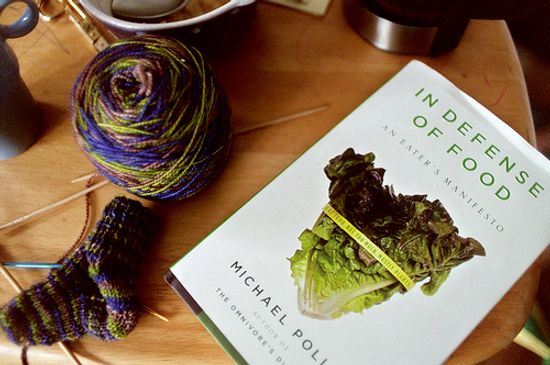
The headline intrigued me: “Omnivore’s Dilemma Author Michael Pollan’s New Advice on Buying Food: Don’t Buy Any Food You’ve Ever Seen Advertised.”
You see, Michael Pollan used to have these rules for discerning Real Food from edible foodlike substances, which he shared in the last section of his book In Defense of Food. They included things like avoiding anything containing High Fructose Corn Syrup (HFCS) and only buying foods with 5 ingredients or less.
Then Coke started marketing it’s sugar sweetened soda as a “healthier” alternative to HFCS, and Haagen Dazs came out with a five ingredient ice cream. So, Michael Pollan decided to unleash a new rule on the world:
Never buy any food you’ve seen advertised. Why? 94% of the money spent on marketing food is spent advertising processed foods. If you’ve seen it advertised, chances are it’s processed.
I don’t know about you, but for the average American eating the Standard American Diet (SAD) I kinda like this rule.
Its one downfall, of course, is that it doesn’t really help consumers be more informed or discerning. What about those 6% of food advertising budgets going towards advertising Real Food?
I don’t know if you’ve noticed those sponsors yet, but they’re some pretty amazing companies. Everyone one of them is run by genuine, sweet people. And they all have products or services that I believe in and want to see supported — whether it’s grass-fed beef, olive oil, coconut oil, probiotics, gluten-free baked goods, you name it.
But that’s not all Michael Pollan talked about.
In fact, the headline is a little narrow. Pollan discussed the relationship of our health care & energy crisis to our failing food system in depth. He even got some digs in on Monsanto and our school lunch program. Specifically, that GM crops don’t lead to increased yields. He even dared to say that our school lunch program was created to use up the waste products of industrialized agriculture.
It was a spicy interview, well worth watching. Which is why I’m sharing it here.
Here’s part one:
And here’s part two:
This post is part of today’s Fight Back Fridays blog carnival, hosted right here at Food Renegade. For other interesting articles, recipes, anecdotes, and tips related to Real Food, go check it out.
(photo by cafemama)
 |

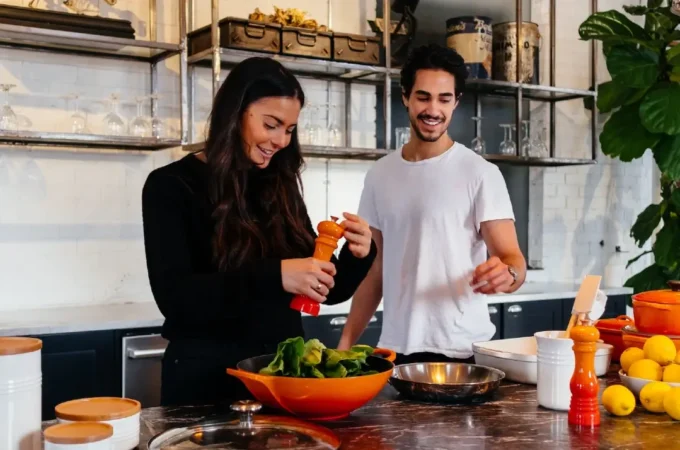

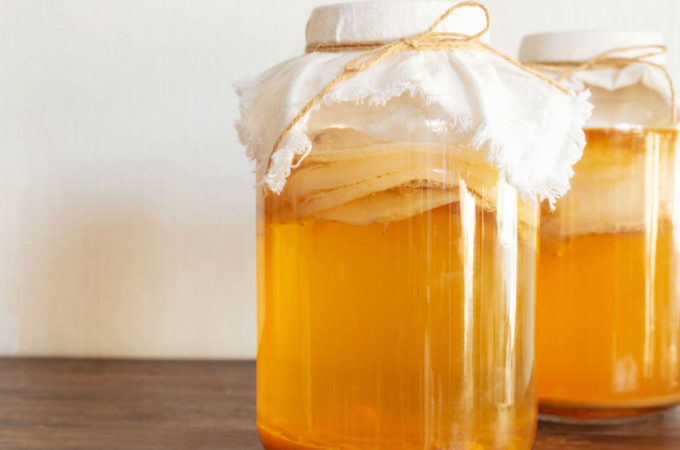
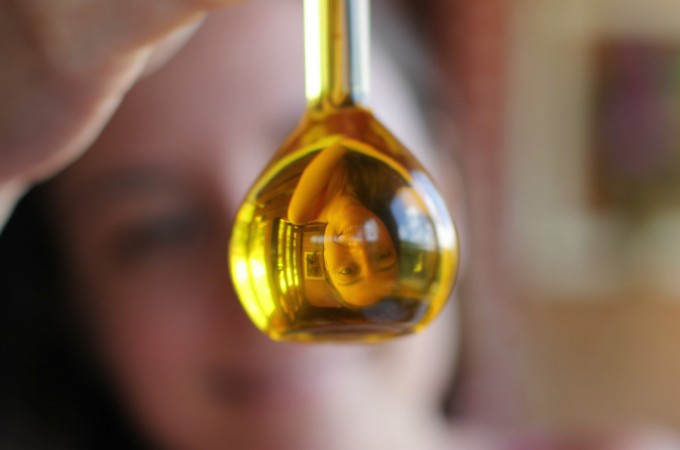
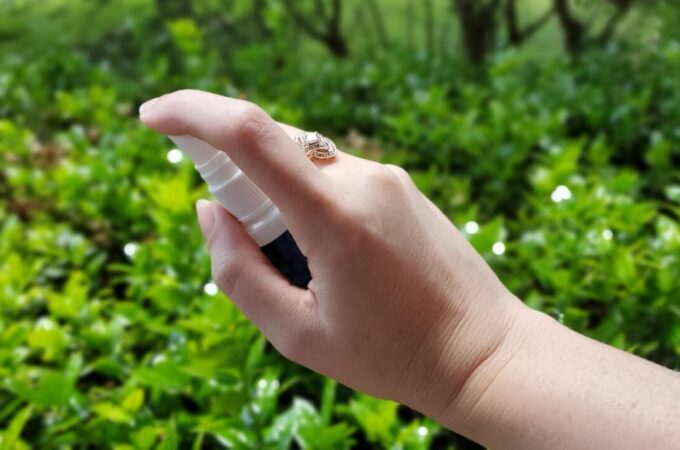
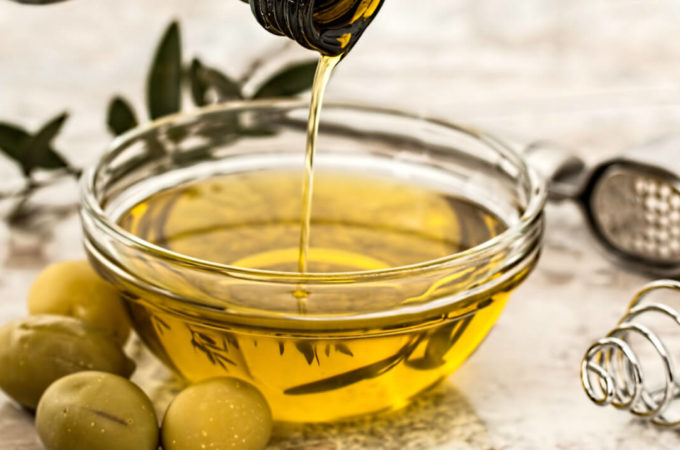
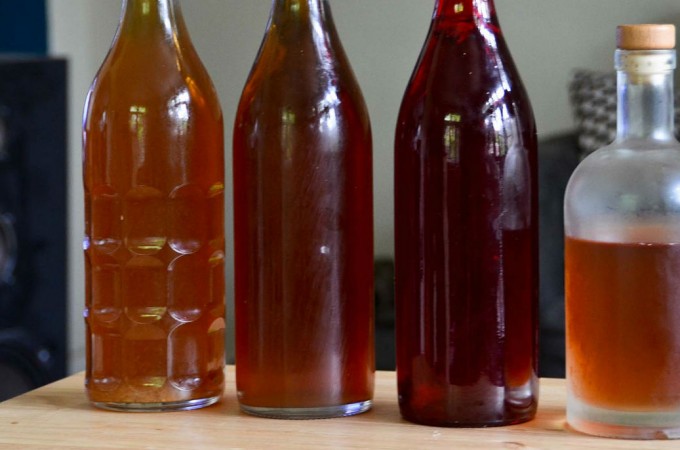
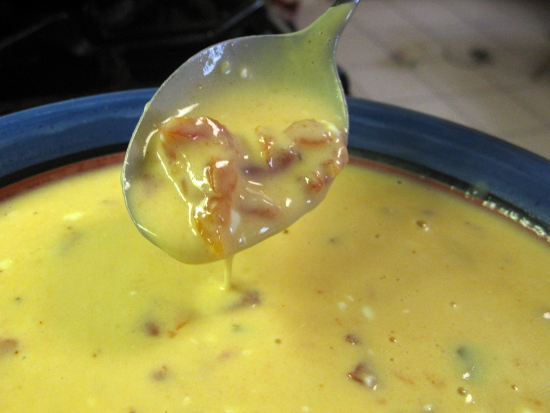
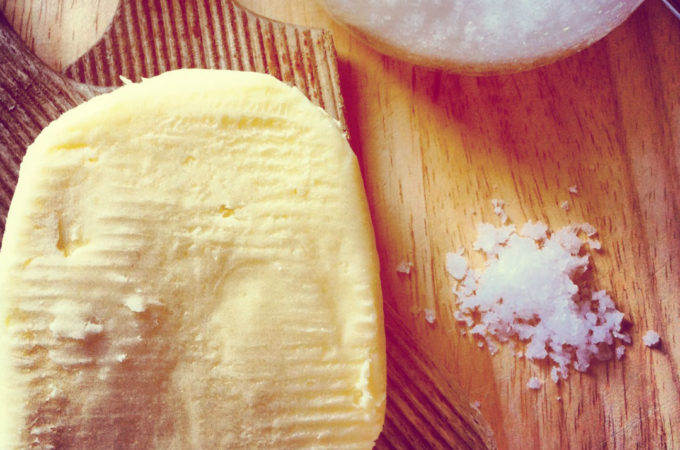
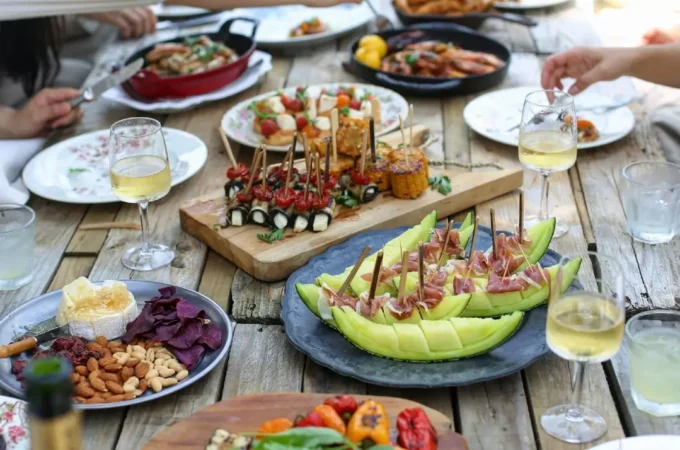
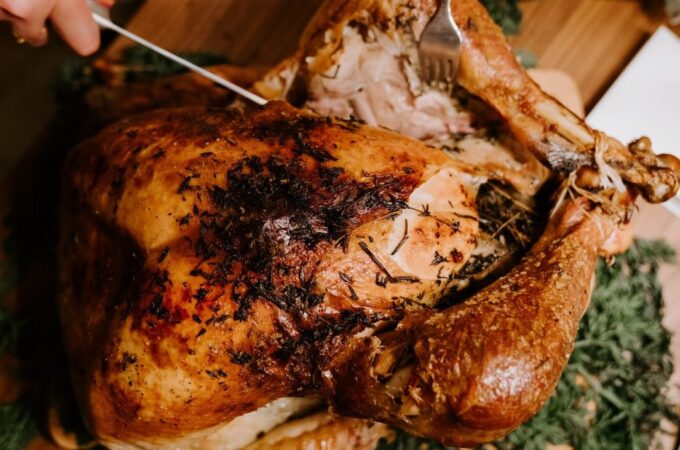

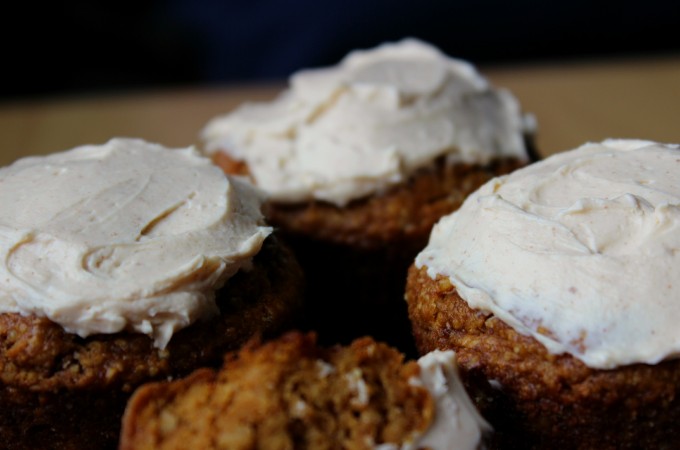
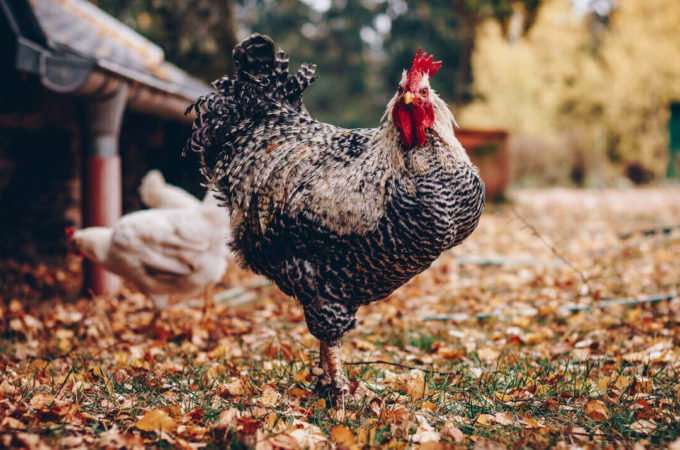
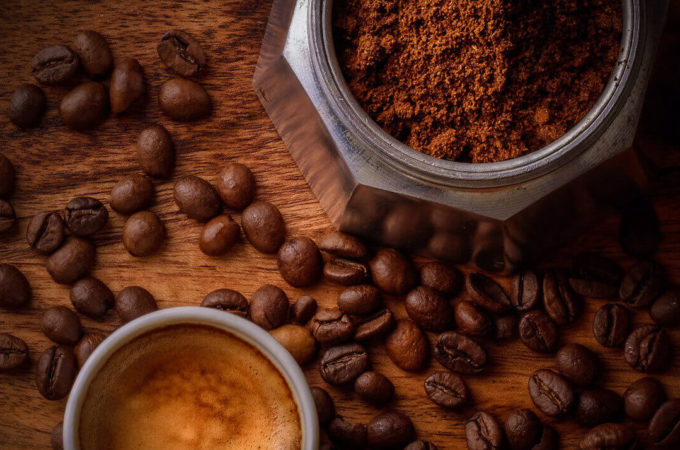
AWESOME post! I stumbled it. Michael Pollan is such a great speaker.
CHEESESLAVE
I sat through the entire interview, something I rarely do, and read along with the transcript so I didn’t miss a word. Pollan really knows his stuff, and can address issues in a way that inspires without whipping people up into a frenzy. I’m so glad he’s on our side!
Local Nourishment
Hi Kristen, great post! I gave it a stumble too. 🙂
This is great simple advice, I love it! I also like the 10,000 year rule which says to not eat any foods that weren’t around that long ago.
Omnivore’s Dilemma is one of the many books on my bookshelf that I’m looking forward to read.
Vin | NaturalBias.com
I definitely agree that marketing sugar-sweetened soda as healthy is very deceptive. But I wonder if it’s a little extreme to make a blanket proscription against every advertised food. If a producer is making a conscious effort to make a product that is truly healthier/purer/earth-friendlier than the alternative, is it wrong of them to say so? The problem is deception.
I don’t think the Haagen Dazs five-ingredient stuff is being marketed as a health food like Pollan says. But buyers might appreciate that it isn’t stacked with HFCS and preservatives, and that it is essentially the same set of ingredients that people would use to make ice cream at home, if they had the time and equipment. True, if you’re going to buy ice cream it would be better to get it from a local, sustainable producer. But as a trend, I’m glad to see mainstream producers moving in the direction of less-processed ingredients. Then the next step could be milk from grass-fed cows, eggs from pastured chickens, organic flavorings, etc.
Amelia of Gradually Greener
I LOVE his new rule. I saw Haagen Dazs 5 for the first time last night when we stopped in at our regular grocery store instead of our teeny HFS. Just makes me shake my head. That and Frito-Lay’s laughable “local” campaign in Florida.
Jenny @ NourishedKitchen
Amelia,
“If a producer is making a conscious effort to make a product that is truly healthier/purer/earth-friendlier than the alternative, is it wrong of them to say so? The problem is deception.”
May I gently suggest you are a food marketer’s dream customer? The processed food marketers are masters of selling us the “better for you” message for products that are 95% still cr*p! (it’s the same deal with “better for the environment” cr*p). We see these phrases and fall right into their hands to mold like putty. I see it throught the conventional supermarket as well as “natural” food stores like Whole Foods. “Better for you” is still over-packaged, over-processed, over-sweetened, false convenience cr*p.
Their effort is conscious all right, conscious of our concerns and our apparent inability to separate the wheat from the chaff when it comes to “better for you” and “healthy” claims. I know incredibly smart people (with Ph.D.s in biomedical science) who parrot these marketing phrases when they mention “healthy” foods they use (low-glycemic agave syrup is the latest bogus “health” food – yet it is far higher in disease-promoting concentrated fructose, a truly unhealthy concentrated sugar to consume on a regular basis). If these highly educated “critical thinkers” can fall prey to the “better for you” claims of foods that are ill-suited to our physiology that means nearly everyone else is too. We’ve seen what “better for you” did with the low fat and no cholesterol labels – the nation’s health is far worse. More than half (probably more than 80%) of the items in the grocery store have “better for you” claims, but they aren’t truly foods that build health. Have you seen the probiotic products in the yogurt case? What’s wrong with plain raw milk or the various ways you can transform raw milk at home? “Better for you” grocery store foods are still full of bull.
Are there some “convenience foods” one can buy with clear conscience – sure, but they are few and far between and still need to be carefully considered.. For instance, I have occasionally bought a locally made small batch, raw fermented sauerkraut because I needed some and didn’t have a week to make it. But it’s made the same way I would make it with the same ingredients. I pay dearly for the convenience however. But I am very, very careful about the “better for you” marketing labels. I always think, “better than what?” and “better than my own version or a traditional version”? What compromises do I make if I choose this item? Not many supermarket products pass the test for regular consumption if they have more than one ingredient, and even then, I consider carefully (butter, for instance – is it from grass-fed cows?). The best 5 ingredient ice cream is ready in less than 40 minutes from my ice cream maker. No questions about the quality of the milk, cream, eggs, maple syrup (which unlike commercial ice cream, I can adjust to the lower sugar level I need and want), and vanilla bean/cocoa/coffee/fruit or whatever I am using for flavoring. Can I say the same about Haagen Dazs’ 5 ingredients?
Fortunately, the answer lies within us. WE must take responsibility for our health, not let Madison Avenue and Wall Street and giant agribusiness decide what’s good for us. That means more than Pollan’s simplistic “rule,” it means taking the time to read books, articles, blogs, etc. and talking to farmers who could provide your food. Not buy US Wellness meats because they advertise? To my mind they are the best meat I’ve ever eaten.
Michael Pollan is my hero! I love the rule…it’s an easy one to remember and a great one to follow!
Julie
Love it! Michael Pollan rocks. Pretty SAD that we have to spread the word about these kinds of rules… but I’m willing to do it! 🙂
Anisa
I loved In Defense of Food, mainly the last section. And the simplicity of his rules is perhaps the best part. Even “Eat Food, Not too Much, Mostly Plants” is really useful.
But I’m not sure about the marketing rule. I think it works great for most people, but the people who have Michael Pollan on their radar are the ones who read food blogs and are exposed to lots of ads for real food.
I’m going to see Michael speak tomorrow in Baltimore; I’m so excited! I’ll be taking copious notes and relaying the info to my readers!
matt (NoMeatAthlete)
Great comments, Everyone!
Matt — I’m jealous. Hope you have fun. 🙂
Love the interview. Nobody’s perfect but if more people just listened to him and made a few changes we would be the better for it. He makes a lot of great points. The thing that I like (sort of like Ricki Lake’s BOBB) is that here you have a relatively mainstream-type figure getting on TV, making headlines, and in general spreading the word through the media. At least he is being heard. He may not have the “perfect message” but, who does? At least he is reaching some people and hopefully helping them be more aware of marketing strategies and maybe to make better decisions.
JC
HAPPY BIRTHDAY Kristen! I love you so much, and am incredibly proud of all your hard work!
yours forever,
-steve
Great videos. We all need to spread this around. Michael Pallan really calls it like it is. We can change things if we use our dollar the right way. It’s our voting power. Don’t buy and they either change or go out of business.
I know there are a lot of people in the world but things are getting pretty bad and it’s time to wake people up.
This is the first time I’ve been to this site. I’ll be back and send more people. Thanks!
Janis Ihrig
Janis Ihrig
Okay, to clear something up, I’ve never bought the Haagen Dazs 5 ingredient stuff, so I’m not “falling into the hands” of anyone. I get almost all of my groceries from the farmers’ market (or my own garden). All I’m saying is that if we have blanket criticism for all mass-produced food, it ignores the relative merits of one product against its alternative. Government, markets, the food industry, and consumers as a whole move in increments, not in leaps and bounds. So yes, I think it’s a positive step that commercial producers are starting to make (and inevitably market) products that are at least slightly more organic/pure/eco-friendly/healthy than before. Next year’s products will be slightly better than this year’s, and so on. The more demand shifts in this positive direction, the easier it will be to enforce true standards and avoid the greenwashing that I will certainly admit is widespread now.
Anna said that the “best 5 ingredient ice cream is ready in less than 40 minutes from my ice cream maker,” and that is wonderful. But ice cream makers and free time are luxuries that a huge number of people cannot afford, and most currently lack convenient access to local food. For the person who’s going to the supermarket to buy ice cream, I think it’s generally a good thing that there’s a HFCS- and preservative-free alternative. If that brand becomes more popular, it becomes a cue for the industry to move further in that direction. Maybe the next product would be ice cream from grass-fed cows, and so on.
I am glad that there are so many people agitating for a better food supply – I count myself among them. But I’m leery of orthodoxy that would be impossible for most people to adhere to. I count myself incredibly lucky that I have the money, time, and access to local food that allows me to eat well. Not everyone is so privileged, or so aware of the issues, so I accept that things will progress in small steps and not radical shifts.
Amelia
I was introduced to Michael Pollan while reading the Botany of Desire as part of a horticulture class. He is always fresh, spot-on and revolutionary in his thinking. Thanks for posting this!!
smallfootprintmama
Couldn’t agree more…
Morta Di Fame
Excellent! Makes me want to share this with everyone I know! Thanks.
Here’s the letter Michael wrote that the interviewer mentioned to the Farmer in Chief – http://www.nytimes.com/2008/10/12/magazine/12policy-t.html It’s long but a great read.
I still don’t understand why I should eat “mostly plants” – what’s wrong with mostly meat? – but I like the general cut of Mr. Pollan’s jib.
Icarus — I don’t think there’s any real evidence that we should eat mostly plants either. Just look at the native Inuit. They get 80% of their calories from fat and consume hardly any plants. Yet they’re a hardy people with no chronic diseases to speak of. I do think that if you’re going to eat mostly meat, you need to be extra careful about where your meat comes from (by making sure it’s wild/foraged/pastured). Otherwise you’d be constantly ingesting all sorts of toxic poisons and a very unhealthy and unnatural balance of fats.
Great post!
Found your site through Mark sisson’s blog
I read in defense of Food a few months ago, and was completely blown away. Very smart guy!
– Justin
Justin
Your website is among the best. Thank you for your work.
About GM FOODs;
Famed Canadian geneticist David Suzuki says,
These are some pretty sobering facts. Thanks!